When people think about wine, their minds usually drift to the usual suspects – Napa Valley, Bordeaux, and Tuscany. These renowned regions receive all the attention, dominating conversations and wine lists worldwide. Yet some of the most exciting wines come from places you’ve probably never heard of, tucked away in unexpected corners of the globe where passionate winemakers are creating something truly special.
These hidden gems offer incredible value, unique flavors, and stories that make every sip an adventure. Here’s a list of 20 wine regions that deserve a spot on your radar.
Finger Lakes, New York

The cold winters and deep glacial lakes of upstate New York create perfect conditions for growing grapes that thrive in cooler climates. Riesling shines here, producing wines with crisp acidity and mineral notes that rival anything from Germany.
The region stretches across 11 finger-shaped lakes, though Seneca and Cayuga Lakes lead the charge in wine production.
Swartland, South Africa

This region, about 40 miles north of Cape Town, has become the rebel headquarters of South African winemaking. Old bush vines planted in granite soils produce incredibly concentrated Chenin Blanc and Syrah that taste like they’ve been kissed by the African sun.
The landscape looks almost biblical, with rolling hills covered in wheat fields and ancient vines that somehow survive scorching summers with minimal water.
Like Travel Pug’s content? Follow us on MSN.
Etna, Sicily

Mount Etna isn’t just spewing lava; it’s creating some of Italy’s most exciting wines on its volcanic slopes. The mineral-rich volcanic soil gives wines an almost electric energy, especially the native Nerello Mascalese grape that produces elegant reds with smoky undertones.
Winemakers here literally farm on an active volcano — dodging occasional ash falls to harvest grapes that taste like liquid fire and earth.
Walla Walla, Washington

This small farming town near the Oregon border has quietly become America’s most underrated wine destination. The region produces Syrah that rivals the Northern Rhône, while its Cabernet Sauvignon offers depth that surprises even seasoned wine lovers.
The combination of hot days and cool nights — plus the legendary fertile “Walla Walla onion soil” — creates wines with intensity and elegance that sell for a fraction of Napa prices.
Colchagua Valley, Chile

Hidden in Chile’s central valley, Colchagua produces some of the country’s most powerful reds from vineyards that stretch toward the Andes Mountains. The Carmenère grape found its second home here after disappearing from Bordeaux, creating wines with dark fruit flavors and a distinctive green pepper note.
Many vineyards sit at elevations over 2,000 feet, where the thin air and intense sunlight concentrate flavors like nowhere else.
Like Travel Pug’s content? Follow us on MSN.
Priorat, Spain
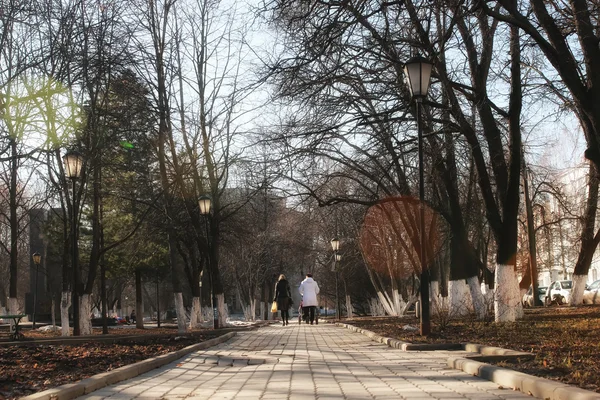
This tiny region in Catalonia grows vines on terraced slopes so steep that harvest workers need ropes to collect grapes safely. The licorella soil — a mix of slate and quartz — reflects heat onto the vines, creating intensely concentrated Grenache and Carignan wines.
Though Priorat only achieved official recognition in the 1990s, its wines already command respect from collectors worldwide.
Santorini, Greece

Imagine vines growing in volcanic pumice on cliff faces overlooking the Aegean Sea — and you’ll understand why Santorini wines taste like nothing else on earth. The native Assyrtiko grape develops razor-sharp acidity from the island’s constant winds and mineral-rich soil.
Vines here are trained into basket shapes called ‘kouloura’ to protect grapes from fierce winds that can reach 50 mph during summer.
Trentino-Alto Adige, Italy
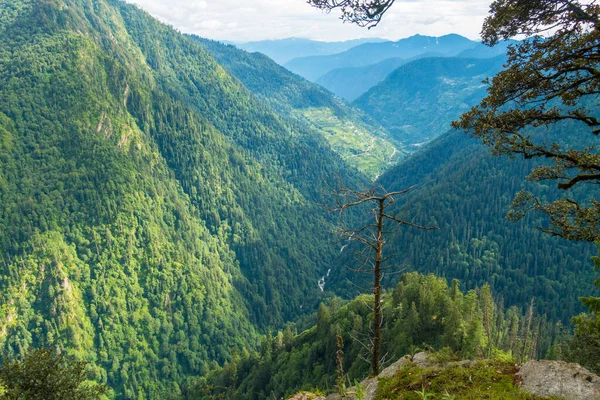
This Alpine region near the Austrian border produces some of Italy’s most elegant white wines in a landscape that looks more like Switzerland than Tuscany. Pinot Grigio reaches its peak here, developing complexity and mineral notes that put mass-market versions to shame.
The dramatic temperature swings between day and night preserve acidity while developing intense flavors in varieties like Gewürztraminer and Lagrein.
Like Travel Pug’s content? Follow us on MSN.
Clare Valley, Australia
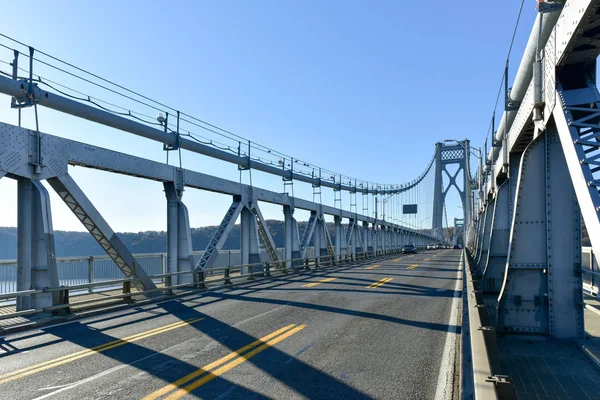
About 90 miles north of Adelaide, Clare Valley crafts Riesling that ages gracefully for decades in a climate that’s surprisingly cool for Australia. The region’s unique ‘Polish Hill River’ subzone produces wines with lime and mineral notes that develop into honey and toast flavors after years in the cellar.
Local winemakers joke that their Riesling is so good — even the Germans are jealous.
Rogue Valley, Oregon

While everyone focuses on the Willamette Valley, southern Oregon’s Rogue Valley quietly produces exceptional wines in a climate that’s warmer and drier than its famous neighbor. Tempranillo thrives here alongside Viognier and Syrah, creating wines that bridge the gap between Oregon elegance and California power.
The region benefits from coastal fog that rolls in through mountain gaps, cooling vineyards just when they need relief from summer heat.
Casablanca Valley, Chile

This cool coastal region west of Santiago specializes in white wines that capture the essence of Pacific fog and granite soils. Sauvignon Blanc here develops complexity beyond simple grass and citrus, while Chardonnay achieves balance without excessive oak.
Morning fog rolls in from the ocean almost daily, keeping temperatures moderate even during Chile’s hot summers.
Like Travel Pug’s content? Follow us on MSN.
Wachau, Austria

Along the Danube River, steep terraced vineyards produce some of the world’s most mineral-driven white wines from Grüner Veltliner and Riesling grapes. The region’s classification system, based on wine weight and alcohol content, helps identify styles, from light and crisp to rich and powerful.
These vineyards are so steep that tractors can’t navigate them, forcing winemakers to harvest everything by hand on slopes that rise 1,000 feet above the river.
Languedoc, France
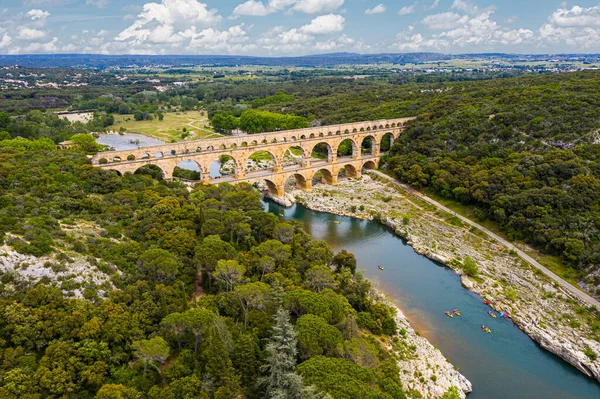
This sprawling region in southern France is experiencing a quality revolution as young winemakers abandon quantity for character. Ancient Carignan and Mourvèdre vines planted in rocky garrigue soils produce wines with herb and lavender notes that reflect the Mediterranean landscape.
The region stretches for over 100 miles along the coast, offering incredible diversity from coastal vineyards to mountain slopes.
Bekaa Valley, Lebanon

Despite ongoing regional challenges, Lebanese winemakers in the Bekaa Valley continue to produce wines that showcase the region’s potential as a hub for ancient winemaking. The high elevation plateau sits at 3,000 feet above sea level, creating ideal conditions for Bordeaux varieties and indigenous grapes like Obaideh.
These vineyards have survived millennia of conflict, proving that great wine finds a way to persist even in difficult circumstances.
Like Travel Pug’s content? Follow us on MSN.
Tamar Valley, Tasmania
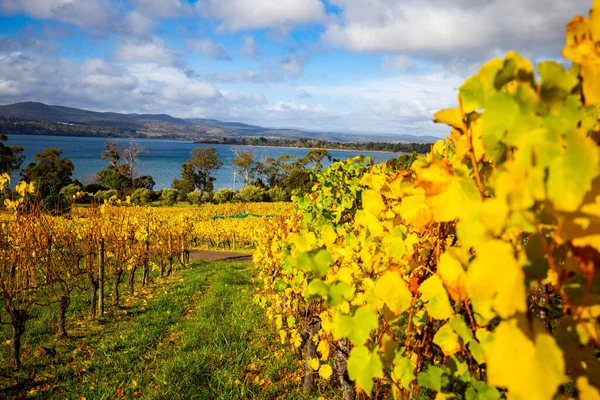
Tasmania’s cool climate produces some of Australia’s most elegant Pinot Noir and sparkling wines in a region that feels more like Burgundy than the rest of the Australian mainland. The Tamar River creates a unique microclimate where morning mists and afternoon breezes moderate temperatures throughout the growing season.
Harvest here happens in March and April, autumn in the Southern Hemisphere, when cool temperatures preserve delicate fruit flavors.
Elqui Valley, Chile
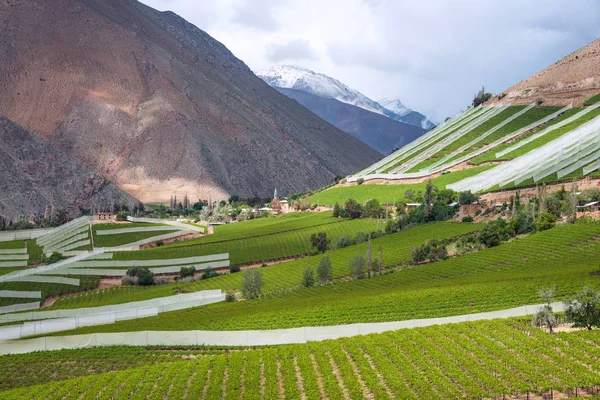
This high-altitude desert valley near the Atacama Desert produces wines from vineyards that reach nearly 8,000 feet above sea level. The extreme elevation and desert climate create wines with concentration and purity that’s almost otherworldly, especially from Syrah and Carmenère grapes.
Some vineyards here receive less than one inch of rain per year, relying entirely on snowmelt from the Andes for irrigation.
Orange, Australia
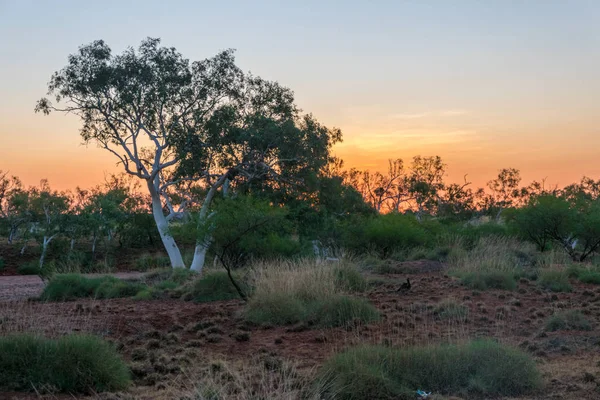
This high-altitude region west of Sydney grows exceptional cool-climate wines at elevations up to 3,000 feet above sea level. Chardonnay and Pinot Noir thrive in volcanic soils that drain quickly yet retain enough moisture for consistent ripening.
The region’s name comes from Prince William of Orange, not the fruit, though the cool climate would be terrible for growing citrus.
Like Travel Pug’s content? Follow us on MSN.
Constantia, South Africa
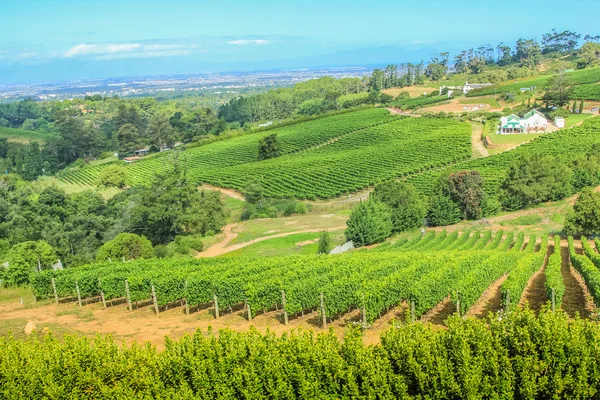
Just outside Cape Town, this historic wine region produced dessert wines that were once considered among the world’s finest by European royalty. Today’s winemakers focus on elegant Sauvignon Blanc and Bordeaux blends that benefit from constant ocean breezes from False Bay.
The region’s granite soils and cool maritime climate create wines with remarkable finesse and aging potential.
Vinho Verde, Portugal
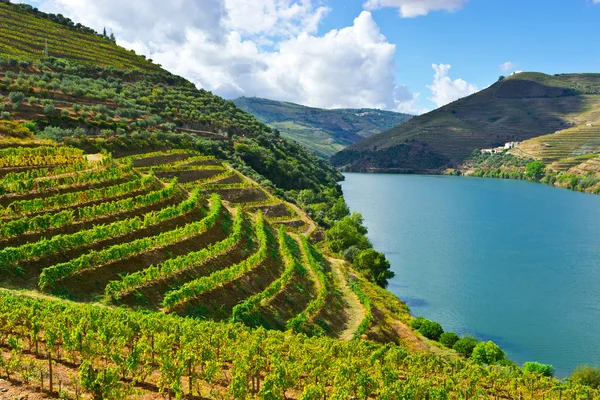
This northwestern Portuguese region produces light, refreshing wines with a slight effervescence, making them perfect for warm-weather drinking. The coastal climate and granite soils create wines with bright acidity and mineral notes, especially from indigenous grapes like Loureiro and Arinto.
Most Vinho Verde wines are meant to be consumed young and fresh, capturing the essence of Portuguese coastal living.
Ribera del Guadiana, Spain
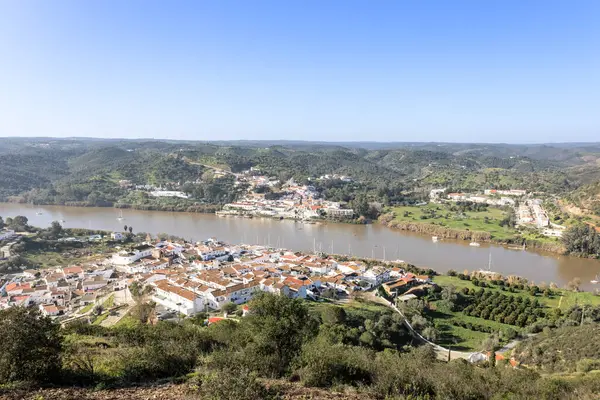
This emerging region in southwestern Spain near the Portuguese border produces powerful reds from Tempranillo and international varieties planted in diverse soils. The continental climate with hot summers and cold winters creates wines with structure and depth that rival more famous Spanish regions.
Many vineyards here are still being discovered by international wine lovers, making this region a treasure trove for value hunters.
Like Travel Pug’s content? Follow us on MSN.
From Ancient Roots to Modern Discovery
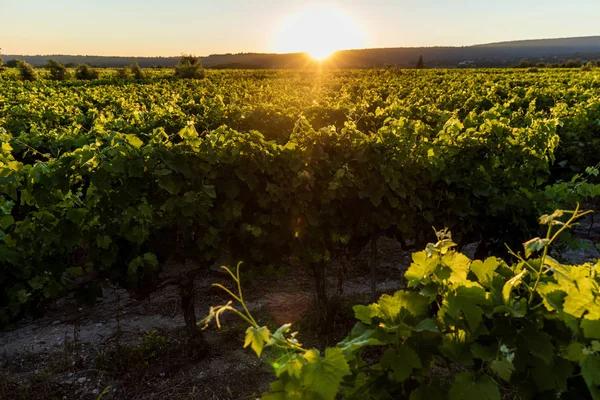
These forgotten regions remind us that great wine isn’t limited to famous names and high prices. Many of these areas have been making wine for centuries, only to be overshadowed by regions with better marketing or easier pronunciation.
Today’s wine lovers have access to more diversity than any generation before them, with shipping and communication making it possible to taste wines from volcanic islands, desert valleys, and mountain slopes around the world.
The next time you’re browsing wine selections, skip the familiar labels and take a chance on something from a place you can’t pronounce — that’s where the real discoveries happen.
More from Travel Pug

- 20 Best Beach Towns in the Carolinas
- 13 Destinations Where Tourists Regularly Regret Their Trip
- 20 Things You Actually Get in First Class
- 20 Small Airports With Aviation Museums
- 20 Places in the U.S. That Are Perfect for a Reset Trip
Like Travel Pug’s content? Follow us on MSN.
